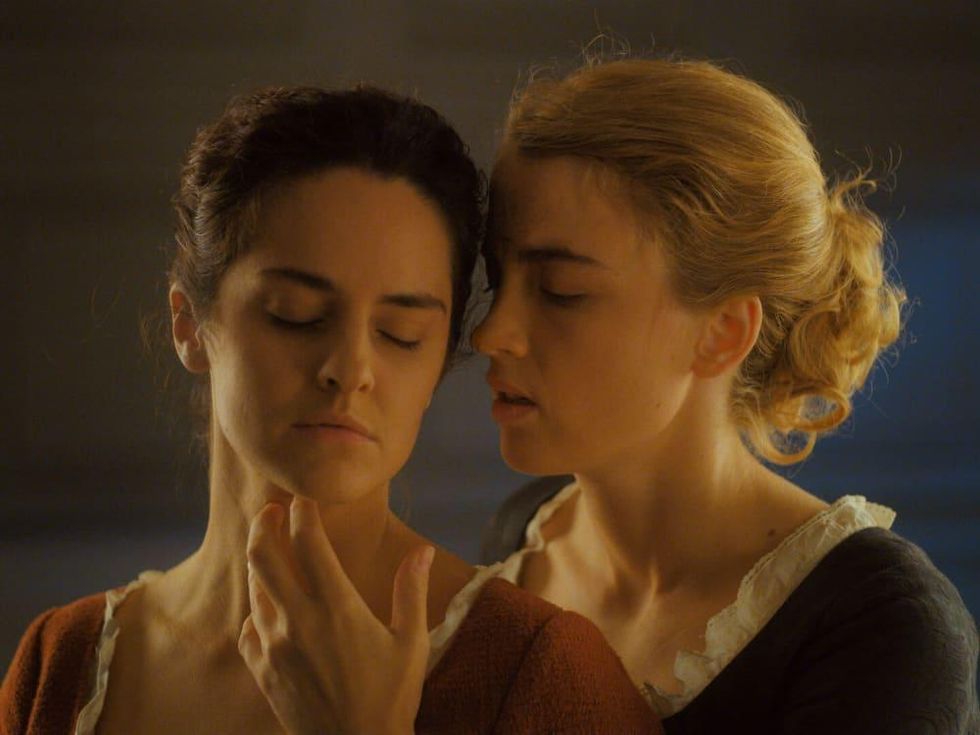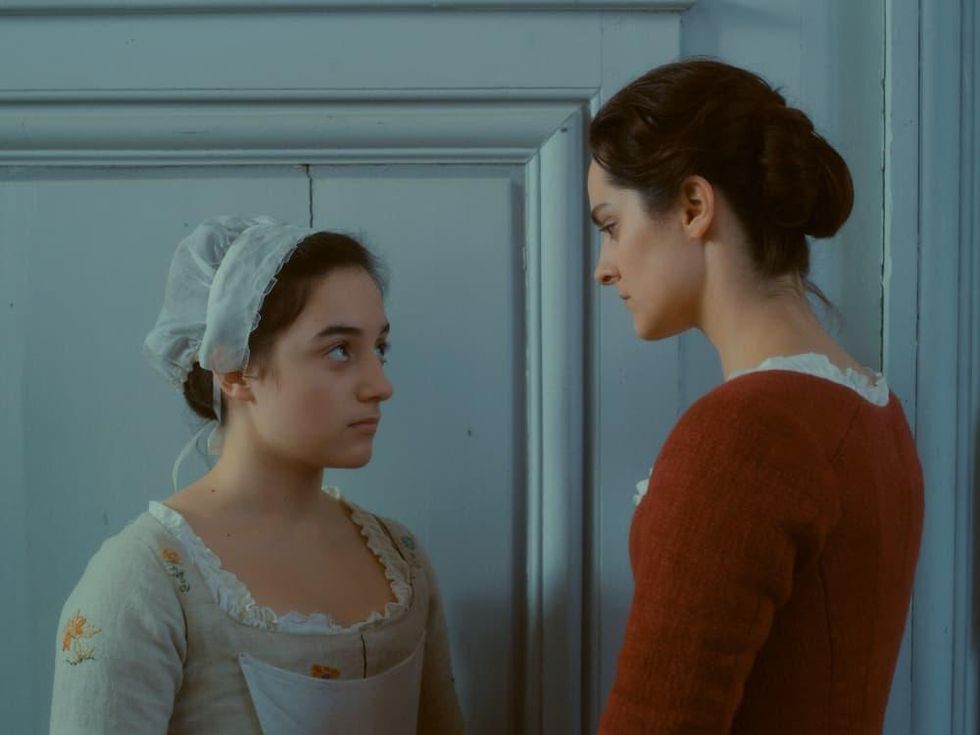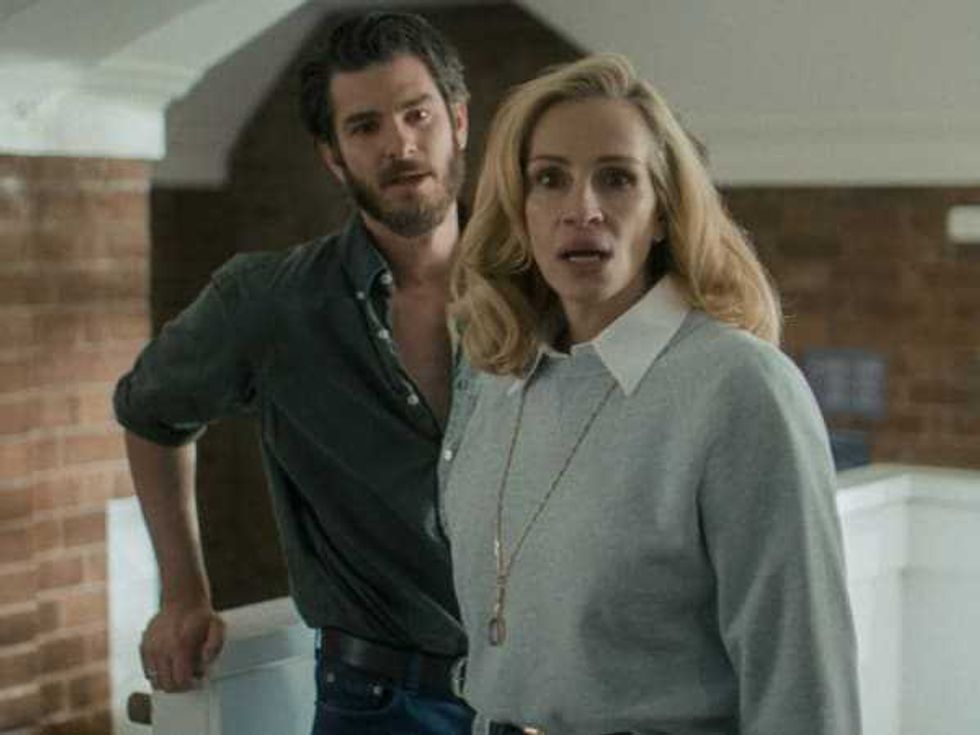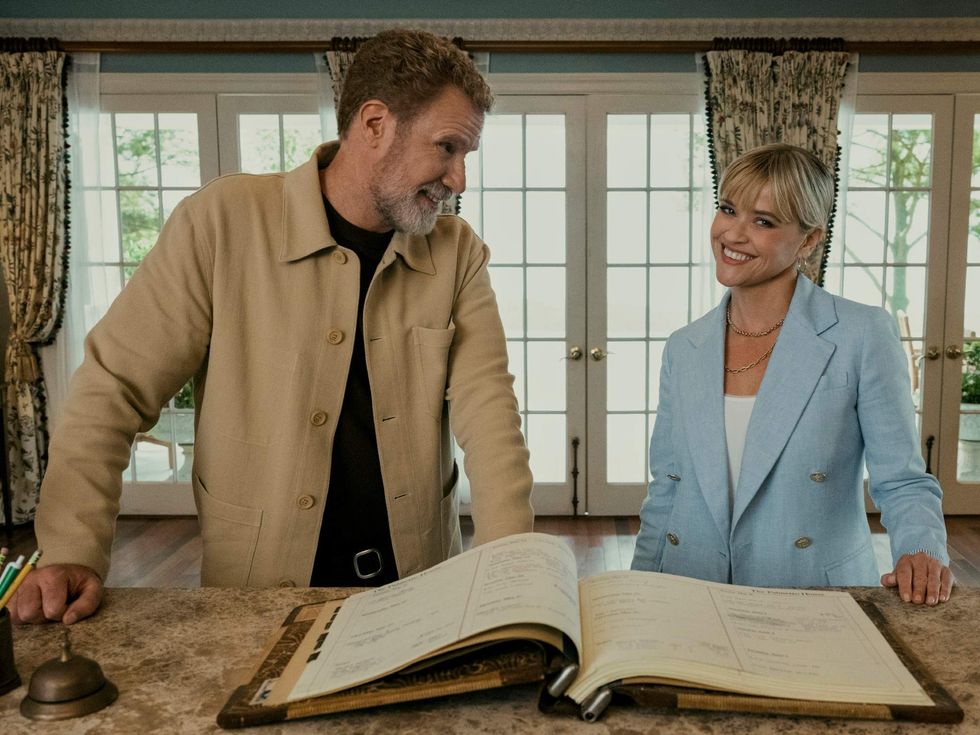Movie Review
Romantic and feminist Portrait of a Lady on Fire is a stunner
The vagaries of the Oscar nomination process for the International Feature Film category means that each foreign country can only put forth one film as their official contender. In the case of France, that resulted in Les Misérables representing the country for the 2020 Academy Awards, a choice that wound up getting one of the five nominations. But another film from France, Portrait of a Lady on Fire, may have been even better and deserves more than being thought of as an also-ran.
Marianne (Noémi Merlant) is an artist in 1760 France who has been called upon by a family to paint the wedding portrait of their daughter, Héloïse (Adèle Haenel), who is due to be married to a Milanese man. The one big problem is that Héloïse, who very much objects to being married off, has so far refused to pose for any other artist.
Marianne is brought on in the guise of being a walking companion for Héloïse, forced to either memorize her features or surreptitiously sketch her, and then paint in secret. Through the walks and other interactions, however, Marianne and Héloïse develop a strong attraction to one another, finding in each other a freedom neither one has ever known. Consequently, the painting becomes much more meaningful than either one of them could have guessed.
Written and directed by Céline Sciamma, the film is one of the rare instances in which a story is solely interested in the female perspective. We never meet Héloïse’s intended groom, and the few men who appear in the film do so only at the end in marginalized ways. The film is laser-focused on the bond between Marianne and Héloïse, with supporting turns by Valerie Golino as Héloïse’s mother and Luàna Bajrami as her handmaiden adding to the female experience.
Sciamma obviously wants to show a romance between two women, but her intentions go well beyond that. Through the lives of the four women, she comments on the subjugation of women at the hands of men, reproductive rights, men taking credit for women’s work, and more. It is a very feminist movie, but Sciamma makes her points strongly through subtle methods.
Making a movie romantic is no easy task; if you push too hard too soon, the story often has nowhere to go. Sciamma seems to know this well, as she takes her time, letting Marianne and Héloïse’s relationship grow naturally until the truth is undeniable. Adding to the tension is the knowledge that their love is destined to be short-lived given the time and circumstances in which they live. But that only makes their time together more intense, and two masterful moments in the closing minutes underscore what they mean to each other.
Both Merlant and Haenel are unforgettable in their respective roles. To say the chemistry between them is strong would be an understatement, and their acting skills in moments small and large are unassailable. Golino, whose career has mostly resided in Europe despite a Hollywood run in the ‘90s, and Bajrami make the most of their limited time on screen.
Portrait of a Lady on Fire is set 260 years in the past, but the sentiments of its story are extremely modern. It’s also as great, if not better, than any movie with a male focus, and continued proof that women’s voices deserve to be heard and recognized for their talent.















